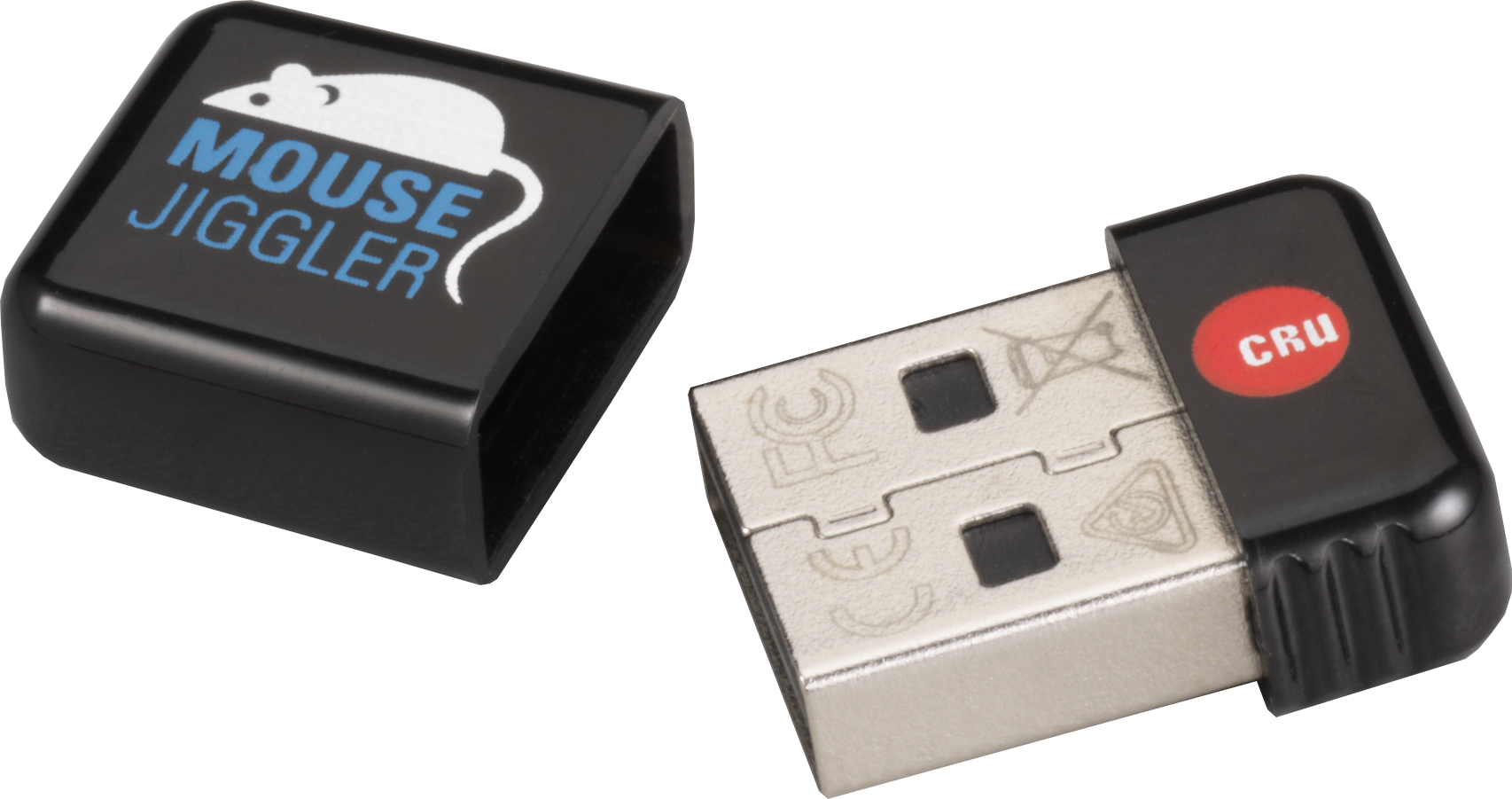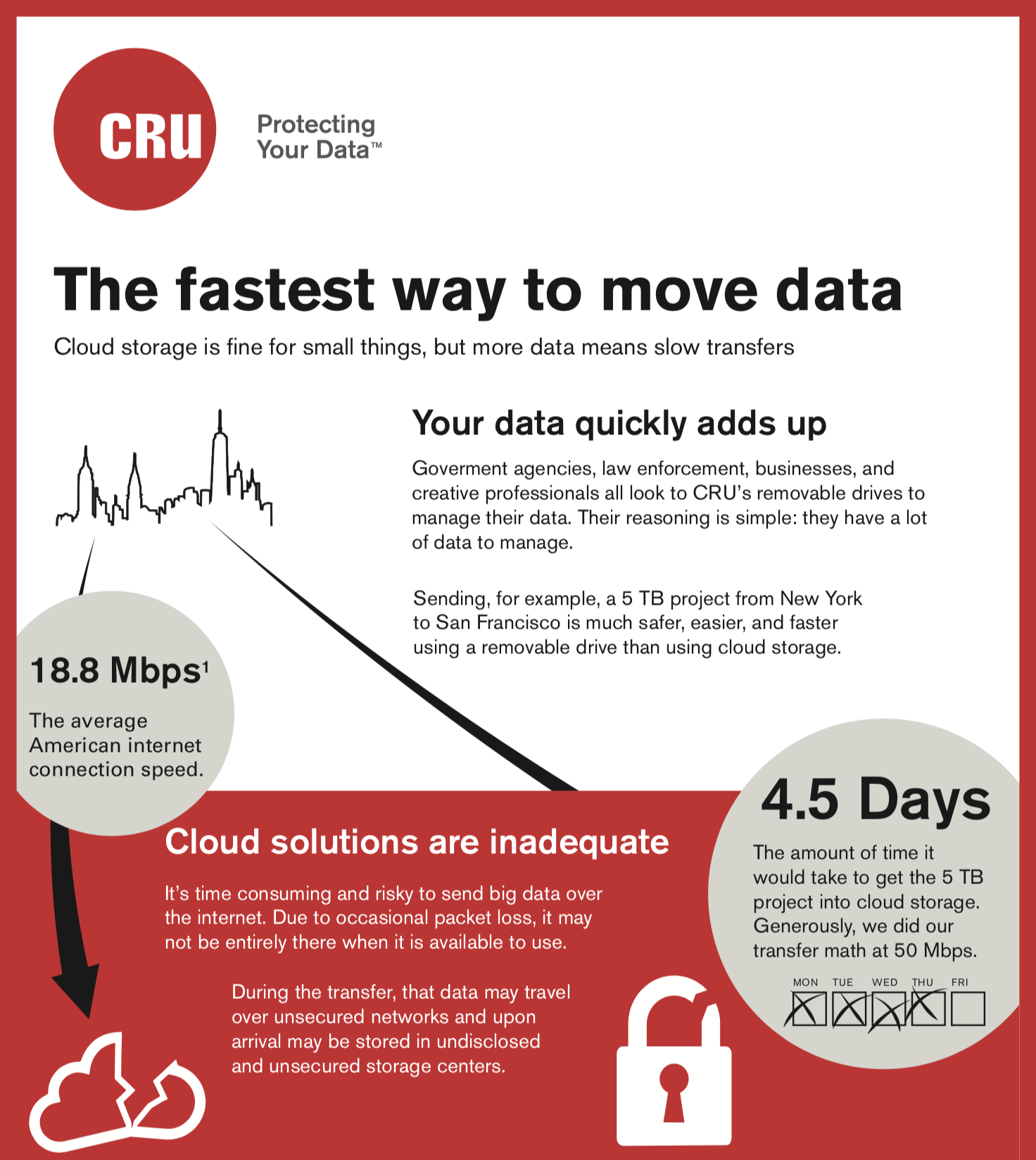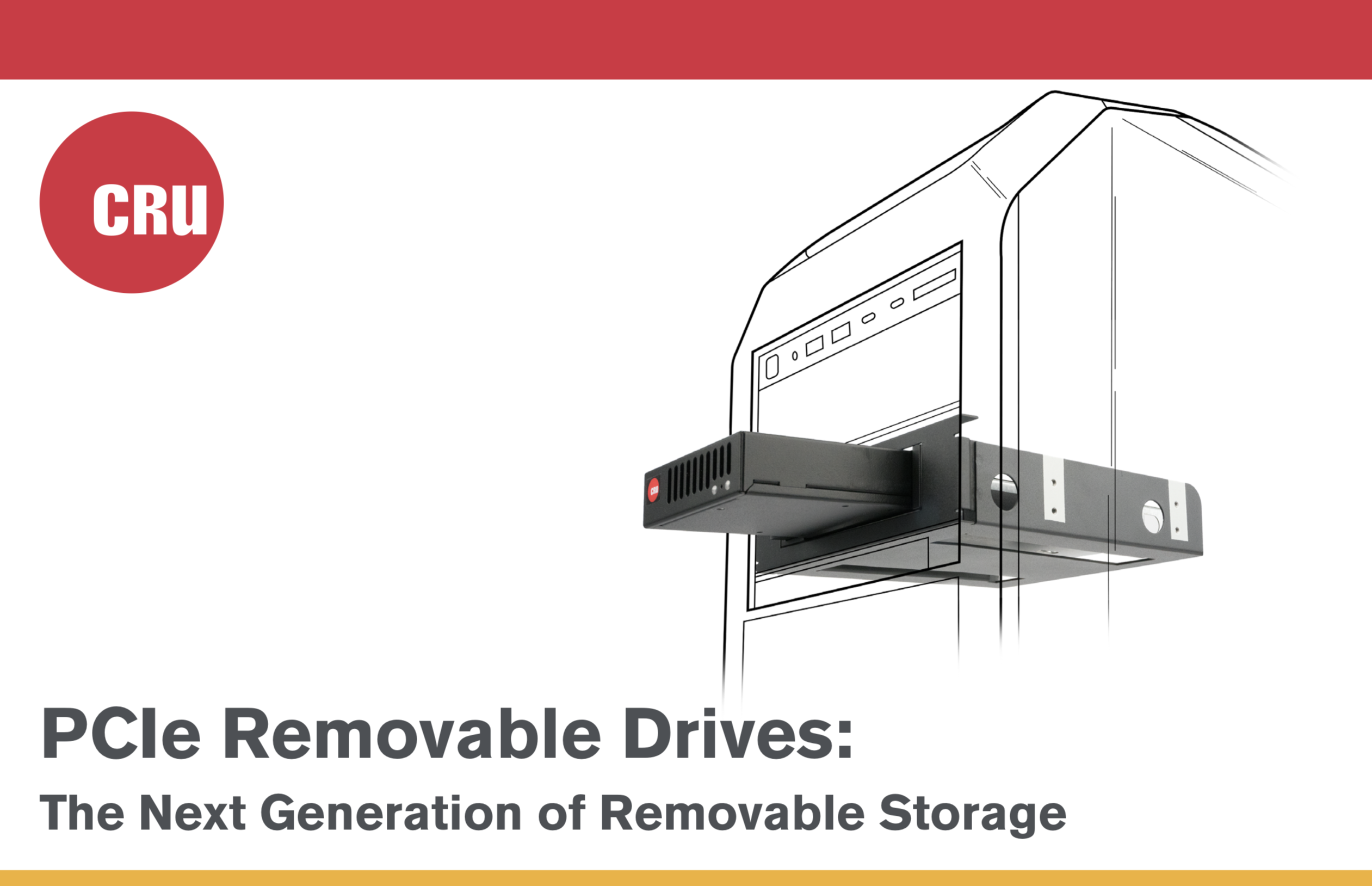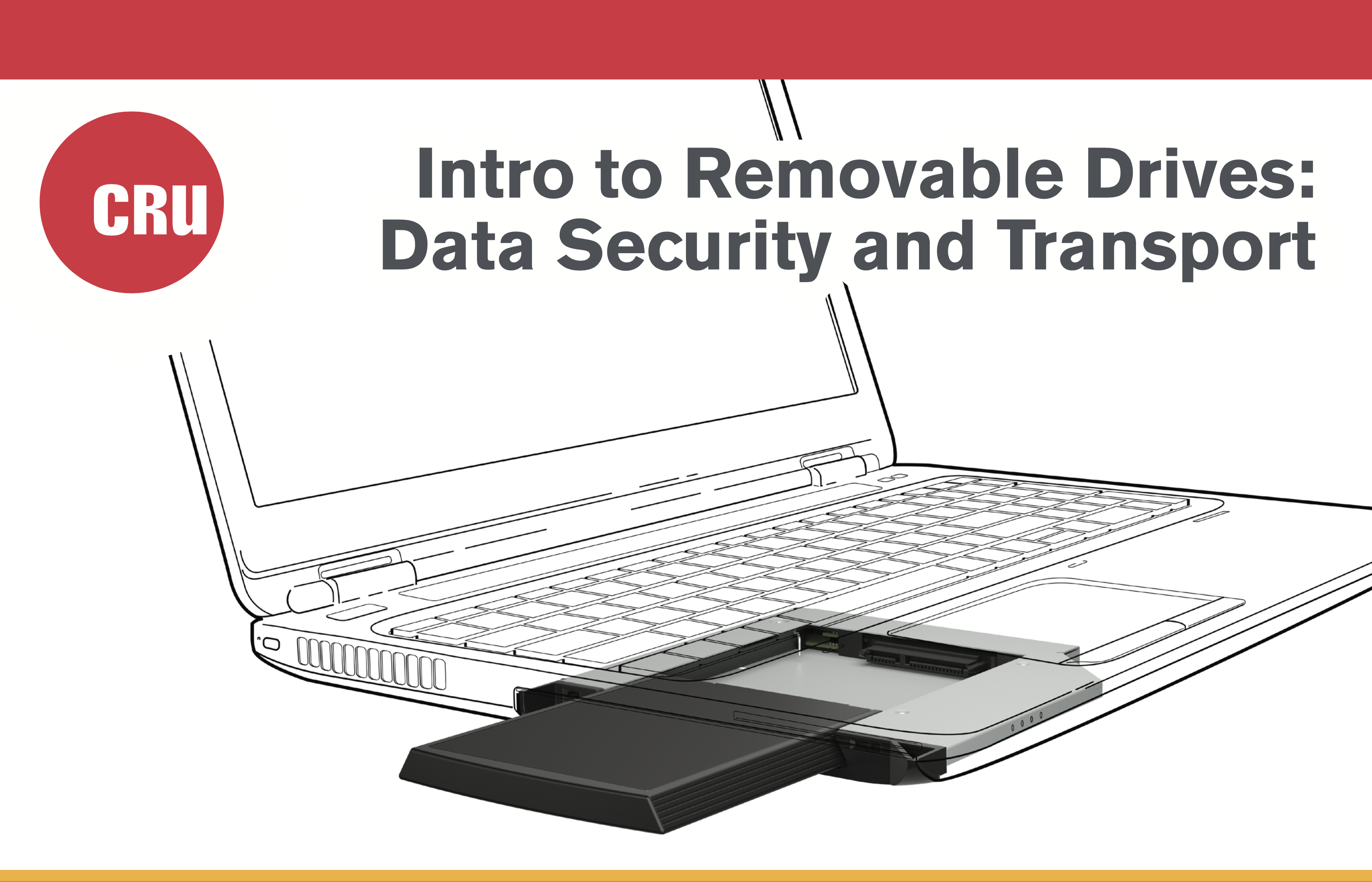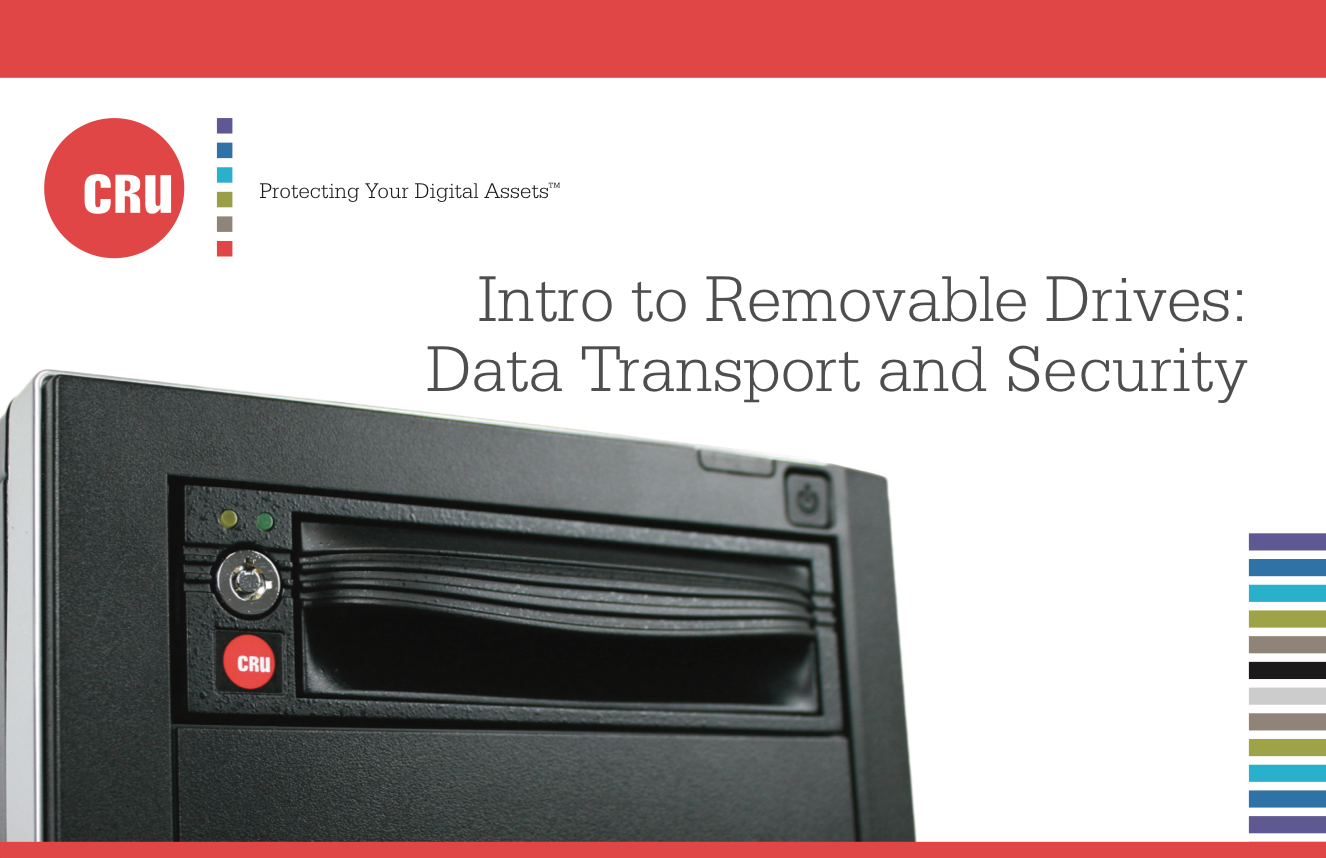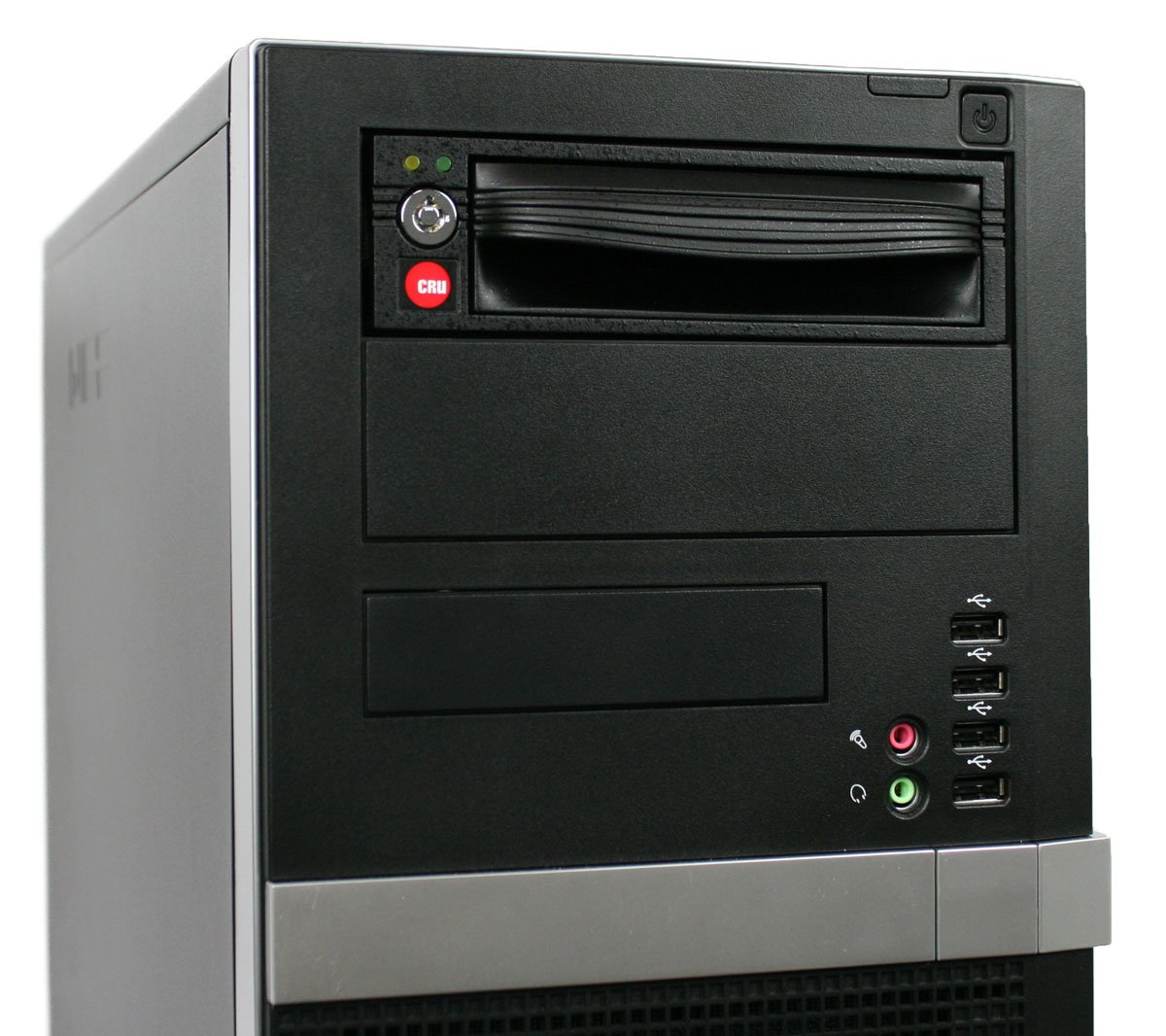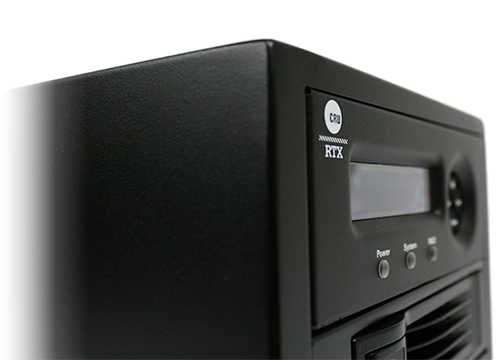I’m sure like millions of others around the world your new office is, if you’re lucky, your dedicated home office and if you are not quite as lucky like me, one half of the dining room table with the other half dedicated to my wife. In the rush to move me and our employees from their regular offices to their new home-based workspaces, some employees literally relocated their desktop PCs to their homes or their laptop that usually only travels between conference rooms and their cubes to their home offices.
Continue reading →CRU removable drives are the industry standard for data security and data transport. Trusted by government agencies, the military, and major manufactuers, our reliable removables offer the simplest and best way to move large data sets.
Continue reading →For years, CRU has been supplying removable drives for HP, Dell, and other computers purchased by Federal agencies, military organizations, and government entities around the world. For the most part, our customers have been using SATA hard drives and SSDs in their removables, though, we still provide removable devices to organizations with legacy applications that use, for example, SCSI and IDE interfaces.
The reasons are always the same: our customers want a simple, rugged solution for data security and/or data transport.
As storage technology continues to evolve, so have CRU removable drives. The most recent innovations in the world of storage have been with speedy flash memory and SSDs. While there are SSDs that use the SATA interface, PCIe/NVMe SSDs have been used for a few years in laptops and other computers. These drives are either soldered directly to the motherboard or installed into a PCIe slot. PCIe/NVMe drives come in various physical sizes and capacities and have about an 8x speed advantage compared to their SATA counterparts, so naturally, people want to take advantage of the performance gains.
Continue reading →Removable drives provide a cost-effective and safe way to manage data for security, transport, growth, backup, and archiving.
Continue reading →These days, hacked is considered a four-letter word for most organizations, and one that in one form or another was all-too-common uttered and experienced in 2017. According to a recent AT&T Cybersecurity Insights report, almost 80 percent of the global organizations surveyed said they had been adversely affected by a cybersecurity attack in the past year.
Continue reading →NCSAM was created in 2003 by the U.S. Department of Homeland Security and National Cyber Security Alliance to ensure everyone has the resources they need to stay safe and secure online. The goal of NCSAM is to increase the awareness of the ever-evolving cybersecurity landscape and bring attention to different steps people can take to protect their information.
Continue reading →For those of us not in the restaurant or retail industries, eating out and shopping could mean good food (no dishes!) and new clothes. We’re sure many of you also like to patronize places that provide good service. That hinges on a variety of factors from personnel to internal process. And data.
Continue reading →What is a removable drive? Removable drives are a very cost-effective and safe way to manage data for security, transport, and backup. To explain the utility of removables in greater detail, we put together – and updated – this free ebook that explains everything you need to know.
Continue reading →Laptops and PCs continue to shrink, but storage space has never been so tight. With higher resolutions becoming widely available, video, photo and music files are growing even larger. And what do you do with all these massive files if you want to keep them backed up?
Continue reading →Many of our customers like bare disk drive workflows. Maybe they want to keep client or project work on separate disk drives, like using our TrayFree™ enclosures. These enclosure systems let people swap drives or SSDs at will and have the added convenience of only buying the electronics once. (BTW, these customers also tend to use our DriveBoxes, available to protect 2.5-inch or 3.5-inch drives.)
Continue reading →
